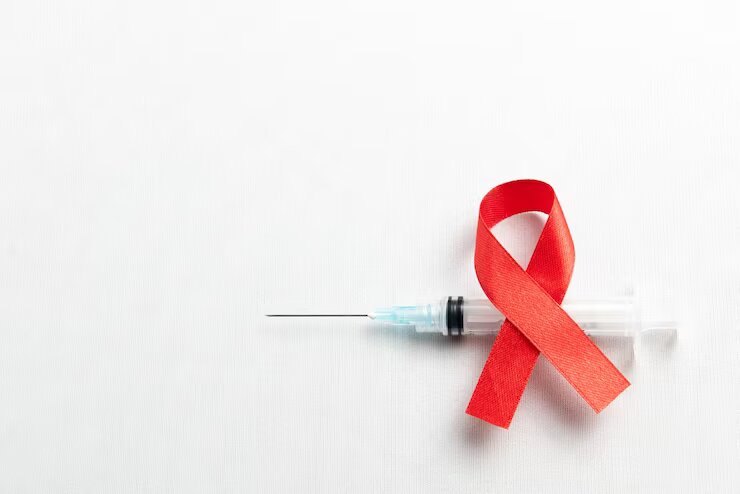In the early 1980s, a mysterious and deadly virus began to spread across America, causing widespread panic and despair. But just as quickly as it emerged, hope arrived in the form of a groundbreaking program that not only saved millions from H.I.V but also transformed the way we approach public health crises. Join us on a journey through history as we explore how one bold initiative changed everything – from attitudes towards marginalized communities to the very nature of medical research itself. Get ready to be amazed by this remarkable story of resilience and triumph against all odds!
The History of the U.S. Program That Saved Millions from H.I.V
The history of the U.S. program that saved millions from H.I.V is one of courage and hope. In the early 1980s, when AIDS was first diagnosed, there was no treatment and no way to prevent its spread. AIDS was a death sentence.
But then something amazing happened. Scientists developed a drug that could prolong the lives of people with AIDS. This was a breakthrough moment in the fight against AIDS, and it gave hope to millions of people living with the disease.
The US government responded to this breakthrough by creating a program called the Ryan White CARE Act, which provided funding for medical care and support services for people with AIDS. The program was named after Ryan White, a young boy who contracted HIV through a blood transfusion and became an international symbol of courage in the fight against AIDS.
Since its inception, the Ryan White CARE Act has saved millions of lives and helped turn the tide in the fight against AIDS. Today, there are more than 1 million people living with HIV in the United States, and thanks to advances in treatment, many of them are living long, healthy lives.
How the Program Works
The program is simple: it provides free antiretroviral drugs to anyone who needs them. It is not means-tested, so anyone can receive the drugs, regardless of their income. The program also provides support and counseling to those who need it.
The program has been incredibly successful. Since it began in 2004, it has saved millions of lives. In fact, it is estimated that the program has prevented 1.1 million new HIV infections. The program has also had a profound impact on reducing poverty and improving health outcomes in the countries where it operates.
There are currently over 23 million people enrolled in the program, and it is expanding all the time. The United States government is the primary funder of the program, but other donors (including private individuals and foundations) have also contributed to its success.
The Success of the Program
Since the beginning of the U.S. President’s Emergency Plan for AIDS Relief (PEPFAR) in 2003, more than 11 million people have been supported with life-saving antiretroviral therapy (ART). PEPFAR has also provided HIV testing and counseling to nearly 58 million people and supported prevention of mother-to-child transmission services that have averted an estimated 1.1 million new pediatric infections. In addition, PEPFAR has provided critical support to orphans and vulnerable children affected by HIV/AIDS.
The Future of the Program
The U.S. President’s Emergency Plan for AIDS Relief (PEPFAR) has been one of the most successful global health initiatives in history. Launched in 2003, PEPFAR has provided life-saving antiretroviral treatment (ART) to millions of people living with HIV and has helped to prevent millions of new infections.
PEPFAR is now at a crossroads. The Trump administration has proposed drastic cuts to the program, which would jeopardize its ability to save lives and prevent new infections. Congress must act now to ensure that PEPFAR receives the funding it needs to continue its lifesaving work.
Conclusion
The U.S. Program that saved millions of people from HIV and AIDS is a shining example of the power and potential of coordinated government action when it comes to public health. It has shown us how we can turn despair into hope, by taking decisive steps towards prevention and providing lifesaving treatment to those that need it most. This program is a testament to what can be achieved when everyone works together in pursuit of common goals, no matter how difficult they may seem at first glance.




